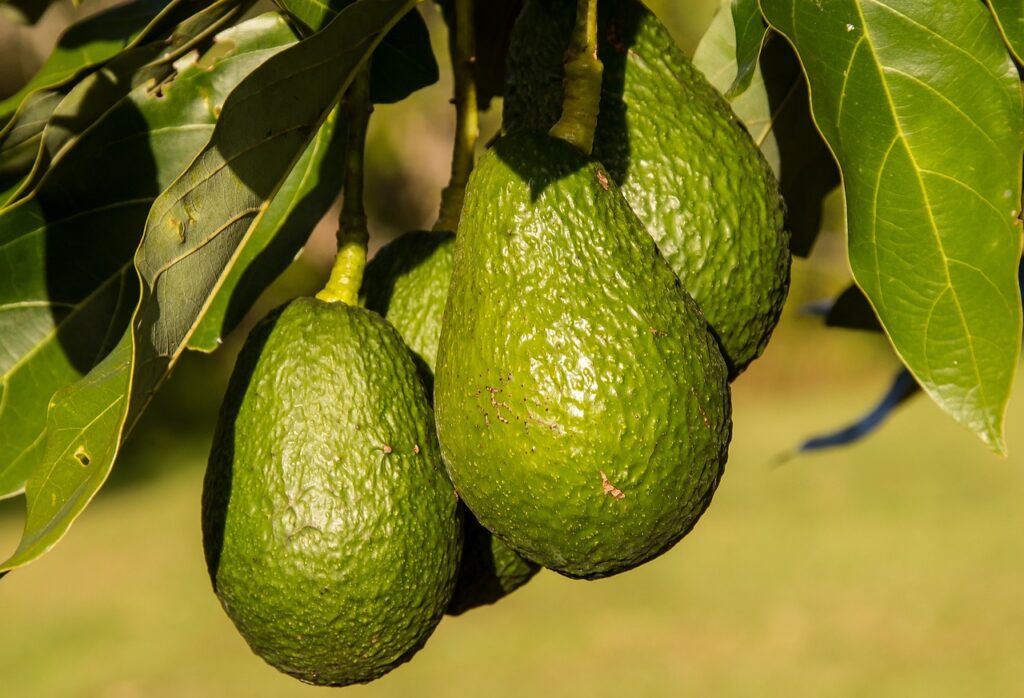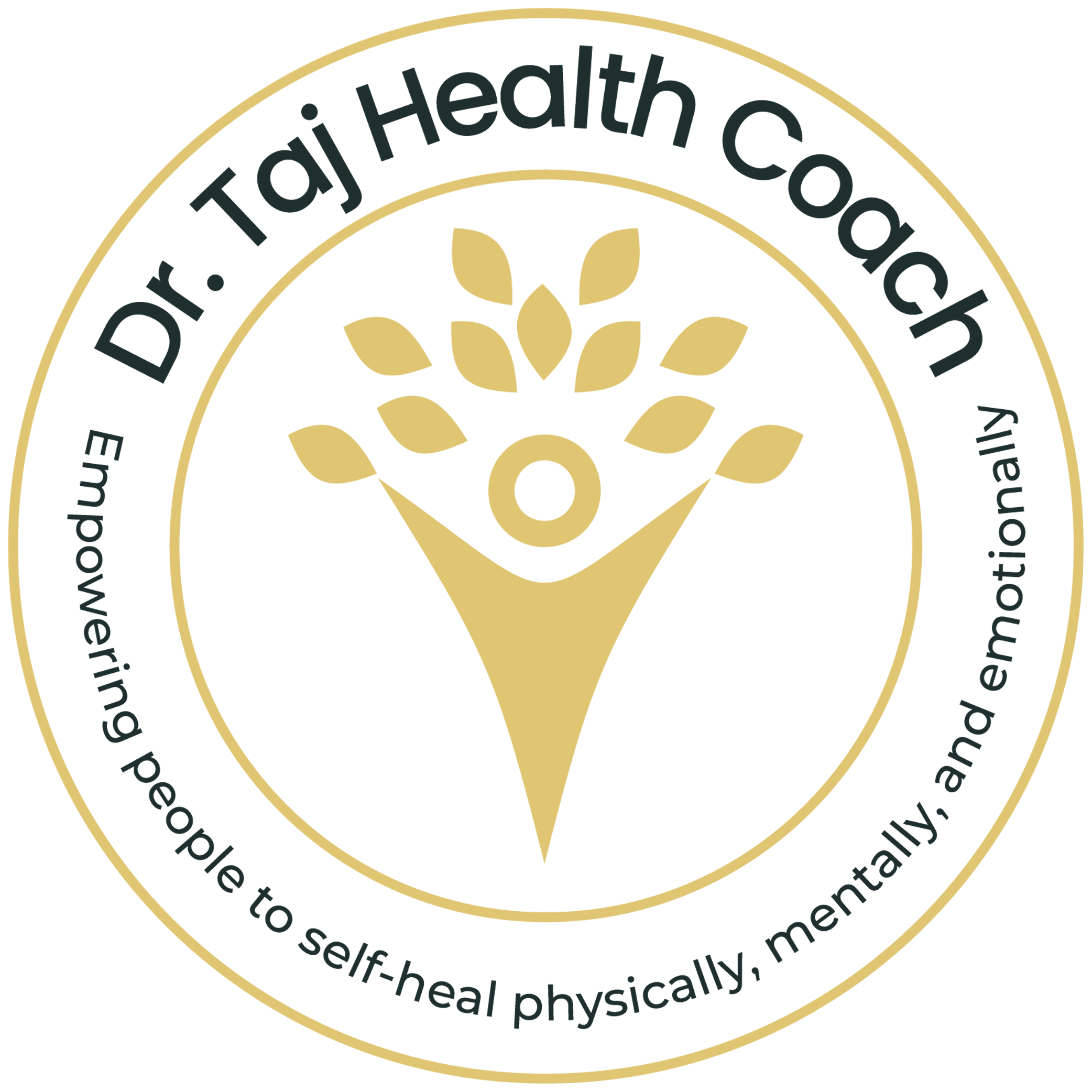
Do you know what’s in your fruits and vegetables? Every year, the Environmental Working Group releases a list of the “Dirty Dozen” – the produce items with the highest levels of pesticide residue. But what about the opposite end of the spectrum? Enter the “Clean Fifteen” – a list of fruits and vegetables with the lowest amounts of pesticide residue. In this blog post, we’ll take a deep dive into what the Clean Fifteen is, what produce items made the list, and the benefits of incorporating these items into your diet.
What is the Clean Fifteen?
The Clean Fifteen is a list of produce items compiled by the Environmental Working Group (EWG) that have the lowest levels of pesticide residue. The EWG analyzes pesticide residue data from the United States Department of Agriculture (USDA) and the Food and Drug Administration (FDA) to determine which fruits and vegetables have the least amount of pesticides. The methodology used to compile the list takes into account the percentage of samples that tested positive for pesticides, the number of pesticides found on a single sample, and the amount of pesticide residue found on each sample. The Clean Fifteen is important because it gives consumers a guide on which produce items to choose if they want to reduce their exposure to harmful chemicals.
Top Clean Fifteen Produce Items
So, which produce items made the Clean Fifteen list? Here are the top 10 items, in order from least amount of pesticide residue to most:
1. Avocados
2. Sweet corn
3. Pineapples
4. Onions
5. Papayas
6. Frozen sweet peas
7. Eggplants
8. Asparagus
9. Broccoli
10. Cabbage
It’s worth noting that not all produce items are created equal – some have a much lower amount of pesticide residue than others. For example, avocados had the lowest amount of pesticide residue, with only 1% of samples showing detectable levels. In contrast, sweet corn had the highest amount of pesticide residue, but still had much lower levels than other produce items. The bottom line? Choosing produce items from the Clean Fifteen list can significantly reduce your exposure to harmful chemicals.
Benefits of Eating from the Clean Fifteen List
Now that we know what the Clean Fifteen is and what produce items made the list, let’s dive into the benefits of incorporating these items into your diet. First and foremost, eating from the Clean Fifteen list can reduce your exposure to harmful chemicals. Pesticides have been linked to a variety of health issues, including cancer, hormone disruption, and developmental delays in children. By choosing produce items with the lowest amount of pesticide residue, you can significantly reduce your exposure to these harmful chemicals.
Another benefit of eating from the Clean Fifteen list is cost savings. Since these produce items have lower levels of pesticide residue, they often require less pesticide use and are therefore cheaper to produce. This means that the cost of these items is often lower for consumers as well. In addition, some of the items on the Clean Fifteen list are also in-season during the summer months, which can further reduce their cost.
In conclusion, the Clean Fifteen is a valuable resource for consumers who are looking to reduce their exposure to harmful chemicals. By choosing produce items from this list, you can significantly reduce your exposure to pesticides and save money in the process. So, next time you’re at the grocery store, make sure to keep an eye out for these Clean Fifteen items. Your health and wallet will thank you.
How is the Clean Fifteen list compiled?
The Environmental Working Group (EWG) compiles the Clean Fifteen list by analyzing pesticide residue data from the United States Department of Agriculture (USDA) and the Food and Drug Administration (FDA). The methodology used takes into account the percentage of samples that tested positive for pesticides, the number of pesticides found on a single sample, and the amount of pesticide residue found on each sample.
Why is the Clean Fifteen list important for consumers?
The Clean Fifteen list is important for consumers as it provides a guide on which produce items to choose if they want to reduce their exposure to harmful chemicals. The list includes fruits and vegetables with the lowest levels of pesticide residue, which can significantly reduce the risk of health issues associated with pesticide exposure.
What are some benefits of eating from the Clean Fifteen list?
Eating from the Clean Fifteen list can reduce exposure to harmful chemicals, which have been linked to a variety of health issues, including cancer, hormone disruption, and developmental delays in children. In addition, since these produce items have lower levels of pesticide residue, they often require less pesticide use and are therefore cheaper to produce, resulting in cost savings for consumers.
What are some examples of produce items on the Clean Fifteen list?
The top 10 produce items on the Clean Fifteen list, in order from least amount of pesticide residue to most, are avocados, sweet corn, pineapples, onions, papayas, frozen sweet peas, eggplants, asparagus, broccoli, and cabbage. It’s worth noting that not all produce items are created equal, and some have a much lower amount of pesticide residue than others.
